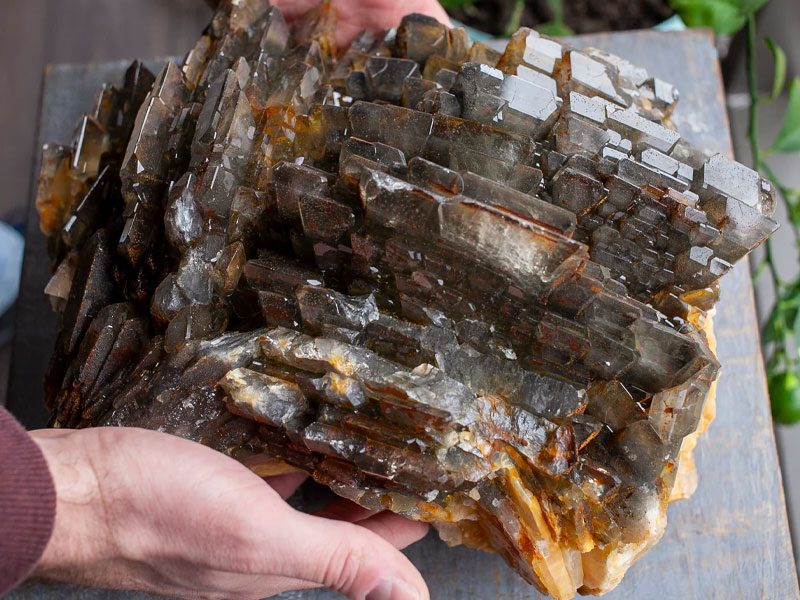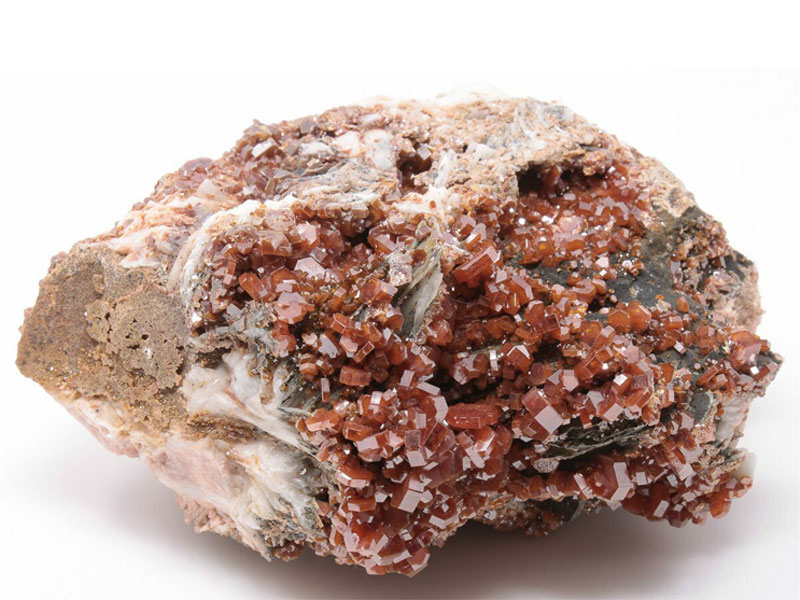Introduction
Barite, a mineral with a fascinating geological history, has intrigued scientists and geologists for centuries. In this article, we will delve into the depths of the Earth to understand how barite is formed. From its origins to its unique properties, we will explore the intriguing world of barite and its significance in various industries.
The Basics of Barite
What is Barite?
Barite, also known as baryte, is a naturally occurring mineral composed of barium sulfate (BaSO4). It is renowned for its high density and remarkable clarity, making it a valuable mineral in various applications.
Where is Barite Found?
Barite can be found in various geological settings around the world. It is commonly associated with sedimentary rocks, such as limestone and dolostone, as well as in hydrothermal veins. Some of the major barite deposits are located in the United States, China, India, and Morocco.
Read More: Bentonite
Formation of Barite
The Role of Hydrothermal Activity
One of the primary mechanisms behind barite formation is hydrothermal activity. Hydrothermal fluids, rich in barium and sulfur, rise from the Earth’s mantle into the crust. These fluids interact with surrounding rocks, leading to the precipitation of barite crystals.
Sedimentary Deposition
Barite can also form through sedimentary deposition. In marine environments, barium-rich waters interact with sulfate ions, leading to the formation of barite deposits. Over time, sedimentation and compaction consolidate these deposits into rock layers.
Epigenetic Deposits
Epigenetic deposits of barite occur when hydrothermal fluids interact with pre-existing rocks. This process can result in the replacement of existing minerals with barite, forming unique mineral assemblages.
Factors Influencing Barite Formation
Temperature and Pressure
The formation of barite is highly dependent on temperature and pressure conditions. Higher temperatures and pressures in hydrothermal systems promote the precipitation of barite crystals.
Chemical Composition of Fluids
The chemical composition of hydrothermal fluids plays a crucial role in barite formation. Fluids rich in barium and sulfur are more likely to facilitate the crystallization of barite.
Read More: Wikipedia
Applications of Barite
Oil and Gas Industry
Barite’s high density makes it an essential component in drilling fluids used in the oil and gas industry. It helps control pressure, lubricate drilling equipment, and prevent blowouts during drilling operations.
Medical and Industrial Uses
Barite is used in medical imaging procedures, such as X-rays and CT scans, as a contrast agent. It is also employed in various industrial applications, including the production of paints, plastics, and rubber.
Conclusion
Barite, a mineral with a complex formation process, has proven to be invaluable in several industries. From its role in oil drilling to its use in medical diagnostics, barite continues to play a significant role in our daily lives. Understanding how barite is formed sheds light on the geological processes that shape our planet.
Read More: Salt









